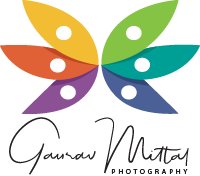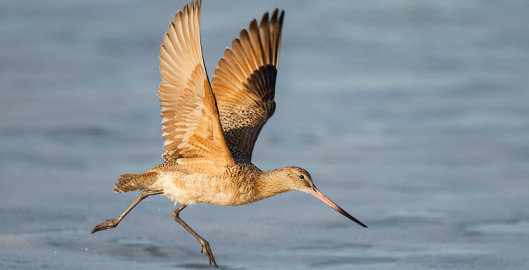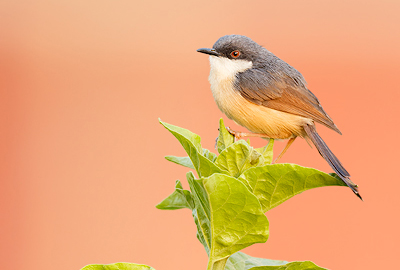Post Processing Tips & Techniques Archives - Gaurav Mittal Photography
21
Jun
Selective Noise Reduction in Photoshop
- By Gaurav Mittal
- No Comments
Photographing birds is not an easy task. Neither is post-processing which presents its own set of challenges (such as noise reduction). How do you manage to make that silky smooth background look noise-free without losing any details in birds feather? In the following video, Gaurav Mittal shows you how to use Photoshop to selectively apply noise reduction.
Please visit //visualwilderness.com/articles to see my latest video tutorial as well as other great articles by my colleagues for tips and techniques.
02
May
Creating a Selection for Wildlife Photos
- By Gaurav Mittal
- No Comments
When it comes to post-processing your wildlife photos, the first step is the ability to use a selection to isolate your subject from its background. This isolation allows you to apply different post-processing strategies for your subject and your background. It also requires complex selection techniques that are best implemented in Photoshop. In the following video, Gaurav Mittal gives you some hints on how to create these selections.
Please visit //visualwilderness.com/articles to see my latest video tutorial as well as other great articles by my colleagues for tips and techniques.
24
Sep
Post Processing Bird Images Workflow Video
- By Gaurav Mittal
- No Comments
In this video, I share with you my workflow for effective post processing bird images and noise reduction and sharpening applied. The video is also available for viewing on the Visual Wilderness website where I’m a regular contributor.
30
Jun
Bird Photography Tip: Be Smart, Sharpen Like A Pro
- By Gaurav Mittal
- 4 Comments
An important bird photography tip about sharpening images like professional photographers is to not overdo it. Most experienced bird photographers will tell you is that an image fails to make an impact not just because of lack of technical perfection, drama, emotion or the story telling but simply because the image was over sharpened, looked crunchy with appearance of sharpening artifacts. When I look through images, I’m able to tell the effort a photographer made in making that image. That photographer reminds me of a long distance runner who ran a great big distance only to go bust just before the finish line. You did all that hard work to make that image but just fell short in post processing and that too at the very end. Read more…
26
May
Bird Photography Tips: Keeping it Real in Post Processing
- By Gaurav Mittal
- 2 Comments
As I look through many online galleries and portfolios, it is just incredible how much talent is out there in nature & wildlife photography. Images after images I’m left astounded and left wondering, “How did they do that”? The perfect shot that I would be so glad to have in my portfolio is an envy to look at.
Sadly, with the growth of digital photography and the advent of software’s like Photoshop, a lot of image manipulation is being done and to a level of perfection which is downright scary. Now, every time I look at an image, I’m wondering more about it’s authenticity then it’s sheer beauty, was an object removed? Was something added? Words like “cloning” and “cleanup” have become part of a photographer’s armor of tools. This is sad because I may be questioning a photographer who might have worked very hard to make those images. Moreover, many authentic images posted on various social media sites receive heavy criticism for being “too perfect” often referred to as being “Photoshopped”. Part of the problem is that many photographers simply don’t post details about the images they present, far from describing the situations and conditions the images were made in even the basic exposure details are missing. Due to these situations it becomes hard to judge what is real and what isn’t. Add to this that many wildlife photographers are using Photoshop for more then the basic corrections, adding or removing from the scene what was or wasn’t there. The world of digital photography has grown murkier and effecting every genre today. Read more…






Recent Comments